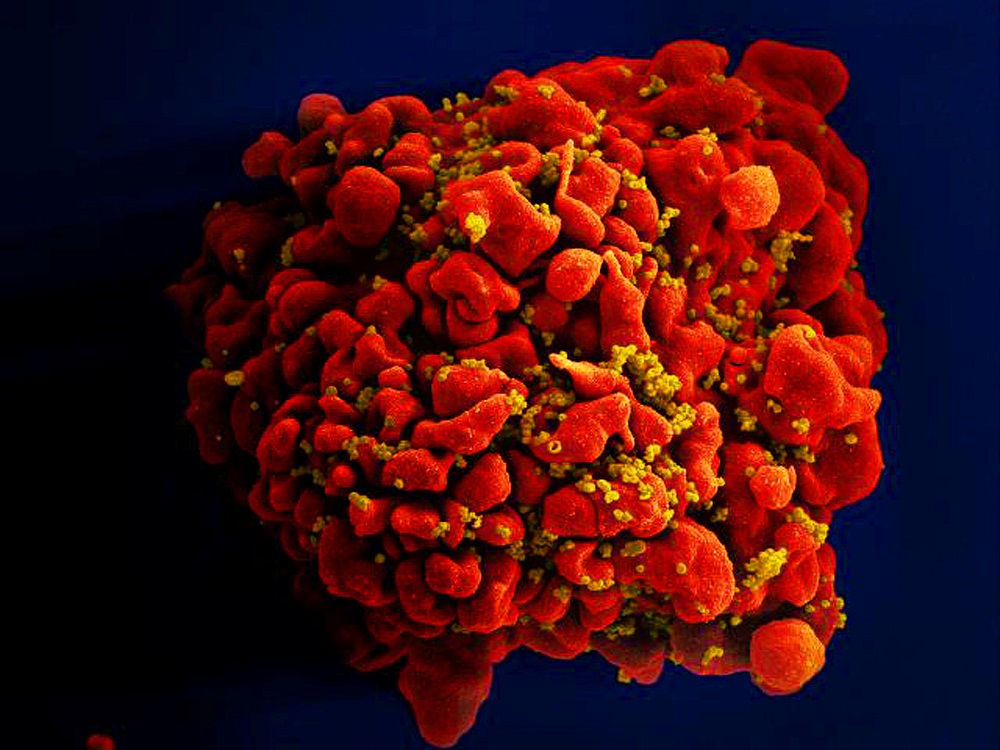

LONDON (Reuters)
The oldest patient yet has been cured of HIV after receiving a stem cell transplant for leukaemia, researchers reported today (July 27).
While the transplant was planned to treat the now-66-year-old’s leukaemia, the doctors also sought a donor who was naturally resistant to the virus that causes AIDS, a mechanism that first worked to cure the ‘Berlin patient’, Timothy Ray Brown, in 2007.
The latest patient, the fourth to be cured in this way, is known as the ‘City of Hope’ patient after the US facility in Duarte, California, where he was treated, because he does not want to be identified.
As well as being the oldest, the patient has also had HIV the longest, having been diagnosed in 1988 with what he described as a “death sentence” that killed many of his friends.
POTENTIAL FOR OLDER PATIENTS WITH HIV
He has been on antiretroviral therapy (ART) to control his condition for more than 30 years.
Doctors who presented the data ahead of the International Aids Society’s (IAS) 2022 meeting said that the case opened up the potential for older patients with HIV and blood cancer to access the treatment, particularly as the donor was not a family member.
Describing a cure as the “holy grail”, Sharon Lewin, president-elect of the IAS, said the case provided “continued hope … and inspiration” for people with HIV and the wider scientific community, although it was unlikely to be an option for most people with HIV due to the risks of the procedure.
IN REMISSION FOR MORE THAN A YEAR
Scientists think the process works because the donor individual’s stem cells have a specific, rare genetic mutation which means they lack the receptors used by HIV to infect cells.
After the transplant three and a half years ago, which followed chemotherapy, the City of Hope patient stopped taking ART in March 2021. He has now been in remission from both HIV and leukaemia for more than a year, the team said.
On Wednesday, researchers in Spain also presented details of a 59-year-old woman who is one of a rare group of what is known as “post-treatment controllers”. They can maintain undetectable viral loads after stopping ART, and also provide clues to a potential cure, Lewin said.







Comments